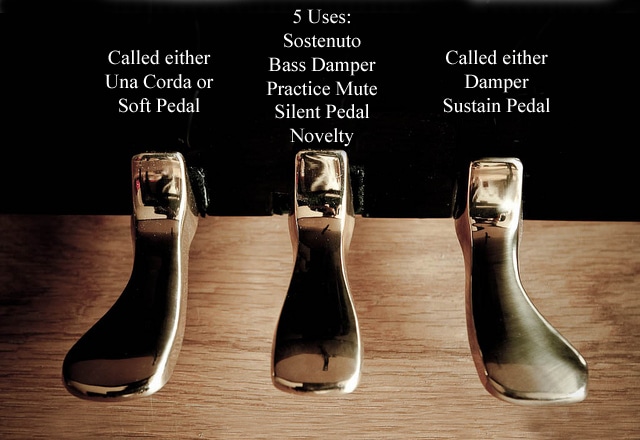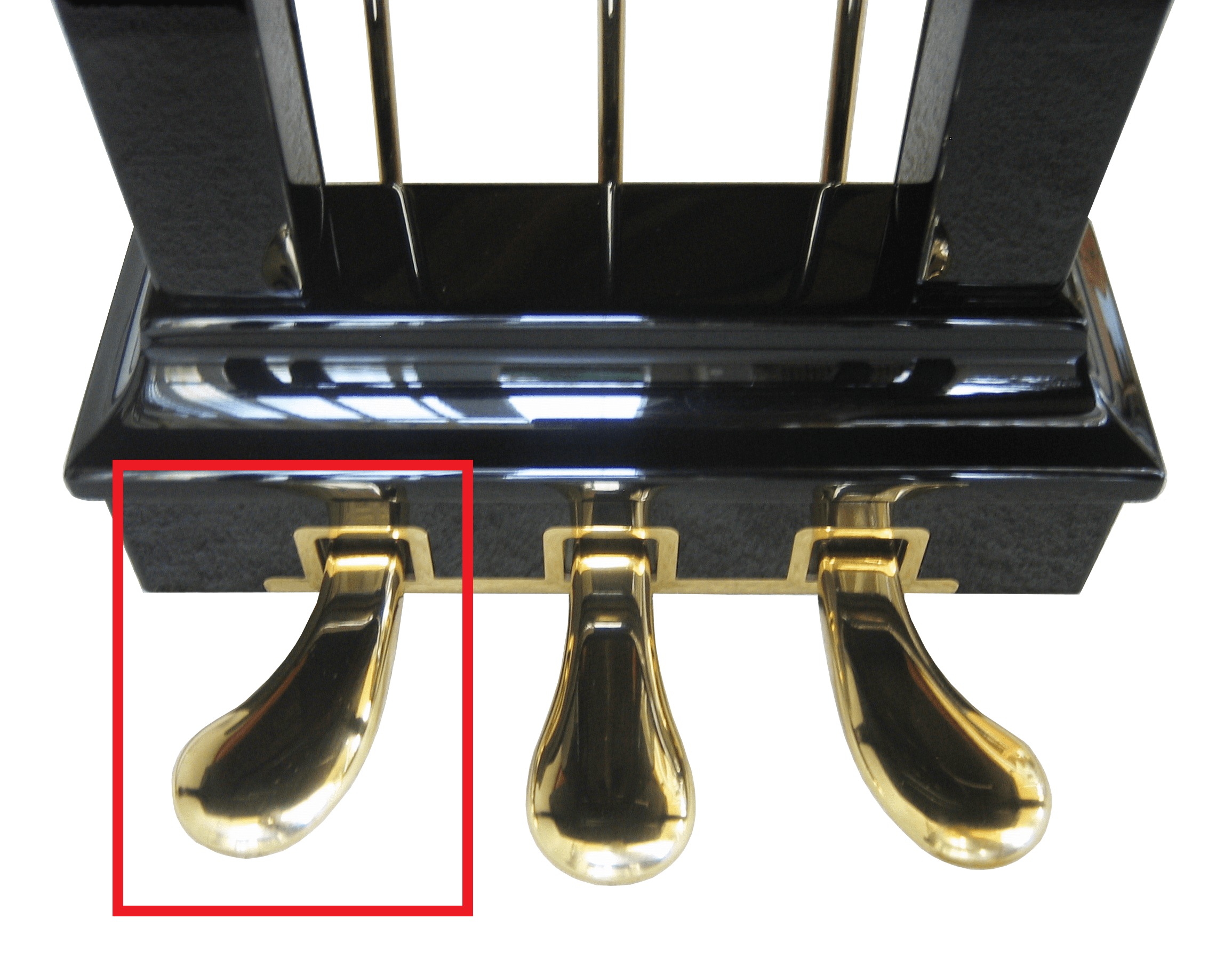Piano in musical terms means to play softly or quietly. It is a dynamic instruction to musicians.
The term ‘piano’ has its origins in classical music, guiding players towards a gentler sound. Understanding this dynamic is crucial for musicians who strive for expressive performances. ‘Piano’ comes from the Italian word ‘pianoforte’, where ‘piano’ means soft and ‘forte’ indicates loud.
This term now applies to various instruments, indicating the intensity level at which a piece should be played. Recognizing dynamics like ‘piano’ enhances musical interpretation, making it an essential skill for performers. Embracing the nuances of dynamics transforms a basic performance into a captivating musical narrative that resonates with audiences of all backgrounds.

Credit: www.facebook.com
Origins Of The Piano Name
The piano, a timeless instrument, has a name as nuanced as its melodies. Its full name, pianoforte, unveils a clue to its heritage. Across continents and centuries, this name has echoed the history of music’s evolution. Let’s delve into its etymological journey and learn how it arrived at the iconic moniker we recognize today.
Piano: An Etymological Journey
In the 1700s, an instrument capable of soft and loud emerged. Its creator, Bartolomeo Cristofori, called it un cimbalo di cipresso di piano e forte. This phrase translates to “a keyboard of cypress with soft and loud.” English speakers shortened it to pianoforte. Over time, “piano” stuck, reflecting its delicate dynamics.
- Origin: Italy
- Creator: Bartolomeo Cristofori
- Original Name: Un cimbalo di cipresso di piano e forte
- Translation: A keyboard of cypress with soft and loud
Soft And Loud: The Harpsichord’s Successor
The harpsichord, with its consistent volume, paved the way for the piano. Unlike its predecessor, the piano charmed audiences with its dynamic range. Pressing its keys softly produces a whisper of a note; striking them with force unleashes a powerful sound. This innovation redefined musical expression, earning it the name pianoforte.
| Instrument | Volume Control | Invention Impact |
|---|---|---|
| Harpsichord | No volume change | Consistency |
| Pianoforte | Soft to loud | Dynamic expression |
Mechanics Of Sound In Piano
The piano’s ability to produce a wide range of tones and dynamics lies in its intricate mechanics. Unlocking the secrets of sound in this beloved instrument reveals a world of finesse and precision. Let’s explore how the elements of the piano work together to create its signature sound.
Hammer And String: The Dynamics Of Touch
At the heart of the piano’s sound production are hammers and strings. Each key a pianist presses triggers a felt-covered hammer to strike a string, converting touch into music. The forcefulness of the pianist’s touch influences the hammer’s velocity and, consequently, the volume and tone of the note produced.
- Light touch: Softer, quieter tones
- Firm touch: Louder, more striking tones
Pedals And Dynamics: Shaping Piano’s Volume
Pianos come equipped with pedals which serve as dynamic tools. The most commonly used, the sustaining pedal or right pedal, lifts the dampers off the strings. This action allows notes to resonate and blend with subsequent keys played, enriching the sound.
| Pedal | Function |
|---|---|
| Right Pedal (Sustain) | Increases resonance and volume |
| Left Pedal (Soft) | Softens the sound |
| Center Pedal (Sostenuto) | Sustains selected notes |
Mastering the use of pedals enhances the pianist’s expression, allowing them to shape the piano’s volume and sustain notes in a fluid and controlled manner.
Musical Dynamics And Terminology
The magic of music lies in its ability to express a spectrum of emotions. ‘Musical Dynamics and Terminology’ are tools musicians use to convey these feelings. Dynamics refer to the volume of a sound or note. The term ‘piano’ is not just an instrument, but also an instruction in music to play softly. Let’s explore the dynamics from whisper-like softness to powerful loudness within a musical context.
From Pianissimo To Fortissimo: Understanding Soft And Loud
Dynamics in music create contrast and can stir emotions. Different terms indicate volume levels. Here’s a rundown:
- Pianissimo (pp): Very soft.
- Piano (p): Soft.
- Moderato: At a moderate level.
- Forte (f): Loud.
- Fortissimo (ff): Very loud.
These dynamic markings help performers understand a piece’s mood and intensity. Loud and soft sounds contribute to the music’s storytelling.
The Composer’s Intent: Indications In Sheet Music
When reading sheet music, performers look for dynamic indications. Composers use them to guide interpretations. Below are common marks:
| Symbol | Meaning |
|---|---|
| pp | Play very softly. |
| p | Play softly. |
| mf | Play moderately loud. |
| f | Play loudly. |
| ff | Play very loudly. |
These notations ensure the true essence of the piece resonates with listeners. By following the composer’s dynamic instructions, musicians bring depth and emotion to their performance.

Credit: pianopricepoint.com
Piano Through The Ages
The ‘Piano Through the Ages’ captures a fascinating journey. The term ‘piano’, short for ‘pianoforte’, indeed originates from the Italian phrases ‘piano’ and ‘forte’, meaning ‘soft’ and ‘loud’, respectively. This characteristic defined the piano’s ability to produce a dynamic range of sounds. The evolution of piano design and cultural shifts in playing styles have marked distinct periods in its storied history. Let’s delve into how this instrument’s form and use have transformed over time.
The Evolution Of Piano Design
The design of pianos has undergone significant changes since its inception in the 18th century. Initially created by Bartolomeo Cristofori, the piano started as a harpsichord that could vary in sound depth. As music rooms grew, so did the demand for more volume and richer tones. This led to:
- Bigger, stronger frames to withstand increased string tension.
- Enhanced mechanics, like the introduction of the double escapement action for quicker note repetition.
- Varied sizes from grand to upright, to fit different spaces.
Cultural Shifts In Playing Styles And Preferences
The way people have played and appreciated the piano also shifted dramatically. As musical eras transitioned from baroque to classical, to romantic, players sought different qualities:
- Baroque emphasized precise, articulate playing on more rudimentary instruments.
- Classical, with the likes of Mozart, prized clarity and balance with a touch of expressive contrasts.
- Romantic composers such as Chopin championed expressive, emotive performances, aided by the piano’s technical advancements.
Modern pianists often seek both historical techniques and contemporary innovations, blending a rich tapestry of old and new styles.
Misconceptions About The Piano’s Name
The word piano is short for pianoforte, an Italian term which means “soft-loud”. This name reflects the instrument’s ability to produce sounds at different volumes, depending on how a musician presses the keys. Despite this, many people think ‘piano’ simply means ‘soft’. This section dispels that myth by exploring the piano’s varied dynamic capabilities.
Challenging The ‘soft’ Stereotype
The piano is not limited to only soft melodies. Bold pianists can extract thunderous volumes that fill concert halls. Even in its early days, the piano was celebrated for its versatility. Let’s look at the facts:
- Inventors designed the piano to play both softly and loudly.
- Composers like Beethoven exploited the piano’s volume range for dramatic effect.
- Modern music often features the piano in bold and powerful roles.
These points show that ‘soft’ hardly defines the piano’s character. Instead, it is an instrument capable of great power and intensity.
Expanding The Piano’s Expressive Range
The development of the piano over the centuries has greatly expanded its expressive range. Here are key milestones:
| Time Period | Innovation | Impact |
|---|---|---|
| 18th Century | Creation of the pianoforte | Enabled dynamic control |
| 19th Century | Improved string and hammer mechanisms | Increase in volume and sustain |
| 20th Century | Electronically amplified pianos | Greater versatility and new sounds |
These advancements have allowed pianists to express a wide emotional range. Playing techniques also matter. Artists utilize keys differently to produce varied expressions, from whispers to roars. Clearly, the piano is much more than a tool for soft melodies.

Credit: www.musicnotes.com
Is Refinishing a Piano Necessary to Maintain its Softness?
The refinishing a piano process is not always necessary to maintain its softness. Regular maintenance and tuning can help keep a piano’s softness without the need for a full refinishing. However, if the piano has significant wear and tear, refinishing may be required to preserve its soft touch.
Frequently Asked Questions For Does Piano Mean Soft
Does Piano Mean Soft Or Loud?
Piano in musical terminology means to play softly. It is the opposite of forte, which means to play loudly.
Does Piano Mean Soft In Italian?
Yes, in Italian, “piano” means soft or quiet. It indicates a gentle touch or volume in music.
What Is The Full Meaning Of Piano?
The full meaning of “piano” is “soft,” from the Italian “pianoforte,” which means “soft and loud,” indicating the instrument’s dynamic range.
Why Do Italians Say Piano?
“Italians use ‘piano’ to mean ‘slow’ or ‘softly,’ often in a musical context or to advise caution. “
Conclusion
Exploring the nuances of piano, it’s clear that its meaning extends beyond ‘soft’. It’s a term with roots in dynamic expression, shaping music’s emotive power. Whether you’re an avid pianist or a curious listener, understanding piano’s true essence enriches your musical journey.
Let your fingers dance and your heart soften with each keystroke.
